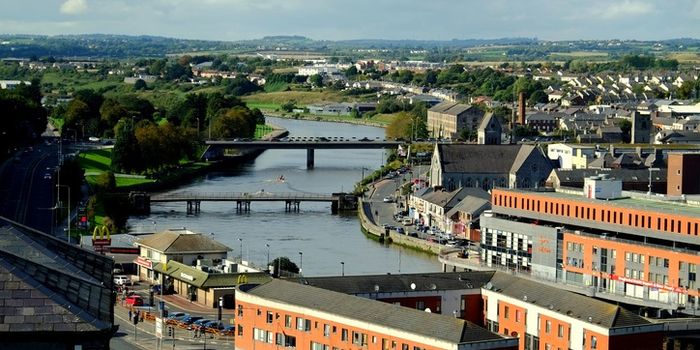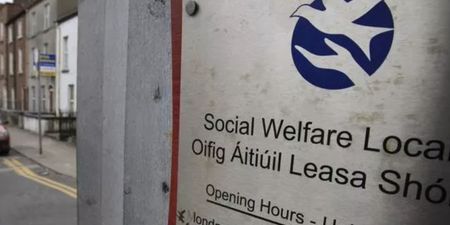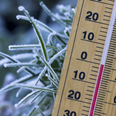The water quality in the river bodies is described as “the worst of the worst”.
The Environmental Protection Agency (EPA) published its report on the water quality in Ireland from 2013 to 2018 this week, finding that the overall water quality levels are deteriorating over that time.
In fact, the assessment shows that just 53% of Ireland’s surface water bodies are of a satisfactory water quality.
The key findings from the assessment are as follows:
- 92% of groundwater bodies, 80% of coastal waters, 53% of rivers, 50% of lakes and 38% of estuaries were found to be of satisfactory quality
- Since the last full assessment, river water quality has got worse, with a net decline of 5.5% (128 water bodies) in the status of river water bodies
- There is a continuing loss of the pristine (‘best of the best’) river water bodies. There are now just 20 pristine river sites, down from over 500 sites in the late 1980s
- The number of seriously polluted river water bodies (the ‘worst of the worst’) has started to rise – from six to nine – after many years of an improving trend
- The number of fish kills has increased to 40 in 2018 after a historic low of 14 in 2017. It is likely that the hot summer and low flow conditions in 2018 had an impact on this
The following are the rivers with the lowest quality levels in the country, below the national average, with less than 40% of the river water bodies monitored in the following catchments of satisfactory ecological status:
- Foyle
- Donagh-Moville
- Newry, Fane, Glyde and Dee
- Boyne
- Nanny-Delvin
- Liffey and Dublin Bay
- Owenavorragh
- Shannon Estuary South
- Four catchments in the Upper Shannon
- Mal Bay
Commenting on the assessment, EPA Director Matt Crowe said:
“Ireland has made commitments to protect and improve water quality, under the Water Framework Directive and the National River Basin Management Plan 2018-2021. The aim of European and National Water Policy is to get polluted waters clean again, and ensure clean waters are kept clean.
“However, the findings of this report indicate that water quality is getting worse after a period of relative stability and improvement. We now have an increase in the number of the most polluted river sites, and the number of rivers in poor ecological health is also increasing. Positive trends reported previously by the EPA have reversed. Not only are we failing to improve overall water quality, we are also failing to prevent further deterioration of our rivers.”
In response to these findings, Mary Mulcahy, the co-founder of Ireland Waster Water, a wastewater treatment manufacturers based in Cork, said: “The stakes are high when it comes to public welfare and environmental protection. We have been in this industry for 20 years and while the quality of water in Ireland is good by international standards, it is clearing flagging as evidenced by this report, and we cannot afford to be complacent as there are still issues that need to be addressed with urgency.
“As with anything of this nature, the potential for environmental pollution and a negative impact on the health of the nation is great and, as contamination of water could have disastrous consequences for those affected, these issues need to be dealt with the gravitas they deserve. It is imperative that Government and the relevant bodies keep their foot on the gas when it comes to ensuring clean, safe water in this country in 2020 and beyond.”
You can read the full EPA report right here.
LISTEN: You Must Be Jokin’ with Aideen McQueen – Faith healers, Coolock craic and Gigging as Gaeilge

















































